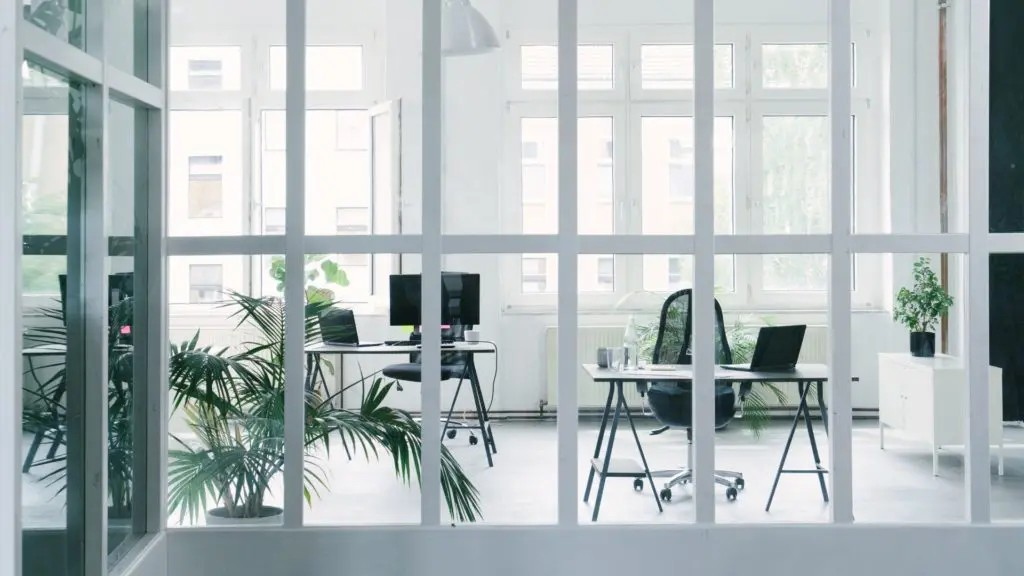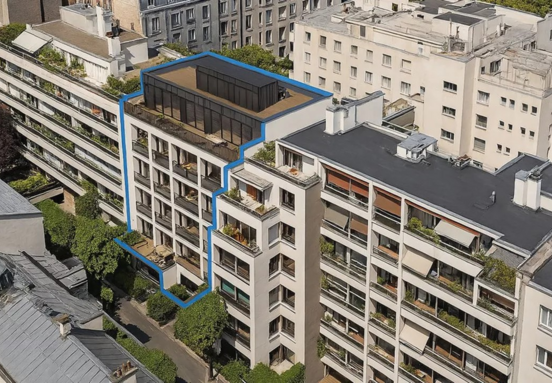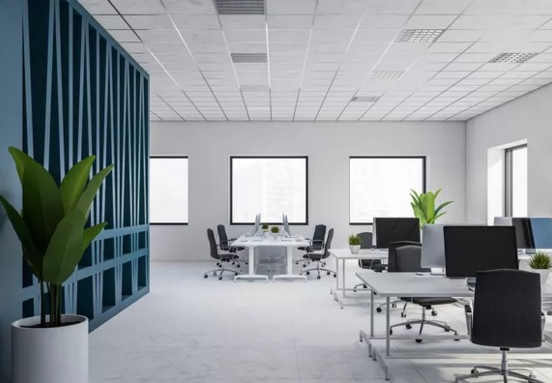Maximizing efficiency in compact office layouts
In today's competitive business landscape, optimizing every inch of your office space is crucial, especially when operating in smaller premises.
The right design and furniture choices can significantly enhance productivity, foster collaboration, and create a comfortable environment for your team.
Here’s how to cleverly utilize your small office area:
Embrace verticality: look up for storage solutions
One of the most effective ways to free up valuable floor space is by going vertical. Utilize the height of your walls with robust shelving units, wall-mounted cabinets, and perforated wall panels. These solutions are perfect for storing documents, supplies, and even decorative items, keeping the floor clear and the office feeling more open. This strategy directly contributes to a less cluttered and more organized workspace, essential for businesses with limited square footage.
Invest in flexible and modular furniture
Adaptability is key in small offices. Opt for furniture that serves multiple purposes or can be easily reconfigured. Consider the following:
Sit-Stand Desks: Promote employee health and offer flexibility in working postures.
Stackable or Foldable Chairs: Easily stored away when not needed, perfect for meeting rooms or occasional visitors.
Mobile Pedestals with Wheels: Allow for easy rearrangement of storage and personal items, adapting to evolving needs.
Additionally, creating 'nomadic' workstations can be highly beneficial for remote workers or those who are only occasionally in the office, maximizing desk usage without permanent assignments.
Define zones without traditional partitions
Traditional walls can visually shrink a small office. Instead, delineate different work zones using subtle, non-physical elements. This approach maintains an open feel while still providing structure:
Varying Floor Colors or Rugs: Naturally segment areas for focus work, collaboration, or breaks.
Targeted Lighting: Use different types of light fixtures to define specific zones and create varied ambiances.
Voluminous Plants: Strategically placed greenery can act as natural, aesthetic dividers without blocking light or sightlines.
These methods help in creating distinct functional areas without making the space feel cramped.
Prioritize optimal well-being for employees
Even in a small office, employee comfort and well-being should not be overlooked. Integrating small relaxation areas can significantly boost morale and productivity:
Compact Break Nooks: Include comfortable elements like bean bags or low armchairs in a quiet corner.
Varied Lighting: Combine overhead lighting with wall sconces, floor lamps, and desk lamps to allow employees to adjust lighting to their preferences, enhancing comfort and reducing eye strain.
These thoughtful additions ensure that employees have spaces to recharge, even within a compact footprint.
Crucial considerations for safety and standards
When optimizing your office, safety and compliance are paramount. Always ensure that any suspended furniture or wall-mounted solutions are securely installed to prevent accidents. Furthermore, all professional office furniture should comply with relevant European standards, guaranteeing durability and safety.
Finally, maintaining clear circulation paths is vital for safety and accessibility; aim for aisles that are 80 to 90 cm wide to allow for easy movement throughout the office.
By implementing these smart strategies, businesses can transform a small office into a highly functional, aesthetically pleasing, and productive environment, making the most of every square foot of their leased commercial space.
Source: seloger-bureaux-commerces.com







